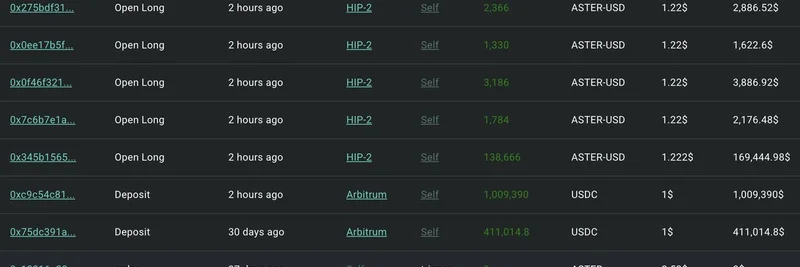In the world of blockchain and crypto, stablecoins have emerged as more than just digital assets—they're becoming essential tools for economic survival in regions plagued by instability. A recent episode of the Money Moves Fast show, powered by Polygon, dives deep into this topic with guest Diego Fernandez, co-founder of Sovra. Shared via a tweet from The Rollup, the discussion highlights how stablecoins are a "life saver" in Argentina amid decades of rampant inflation.
Argentina has faced economic turmoil for over 70 years, with inflation rates soaring to 20% monthly at times. For many, holding the local peso means watching savings evaporate. Enter stablecoins like USDT and USDC, which are pegged to stable fiat currencies such as the US dollar. These digital tokens allow Argentinians to quickly convert their salaries into something that holds value, often through user-friendly apps. As Fernandez explains, between 20-25% of the population now holds crypto, not for speculation, but for sheer survival. "Stablecoins mainly became a way for Argentinians to survive," he notes in the episode.
What started as a hedge against devaluation has evolved. Users are increasingly shifting portions of their holdings into Bitcoin (BTC) for potential growth, with some wallets like Lemon seeing BTC surpass stablecoins in popularity. This shift underscores a broader trend: crypto isn't just a refuge; it's a gateway to more advanced financial strategies. In Buenos Aires, where capital controls restrict traditional banking, stablecoins offer superior returns and accessibility compared to local bank accounts.
The conversation also touches on practical applications. Crypto payments in Argentina leverage QR codes and NFC technology, similar to contactless payments. Wallets such as Lemon and Belo enable seamless conversions back to pesos when needed. While most transactions still involve fiat on-ramps, native crypto-to-crypto transfers are gaining traction, especially among freelancers and for remittances from neighboring countries like Paraguay, Bolivia, Venezuela, and Peru. These users often link crypto wallets to US bank accounts for smoother inbound flows.
Looking ahead, Fernandez is optimistic about the integration of crypto into everyday finance. He envisions abstracted interfaces where users—like an 85-year-old grandma—benefit from blockchain rails without ever knowing terms like "USDT." Native crypto payments are poised for rapid growth, reducing reliance on intermediaries.
A key focus is decentralized identity (ID) systems, which Sovra is pioneering. Built on open-source protocols like Quark ID on an Ethereum Layer 2 chain, these systems aim to verify identities securely and privately via QR or NFC, without centralized control. Fernandez warns against "digital cages" of monitored centralized IDs, emphasizing the need for public blockchains like Ethereum to prevent censorship. "We need to rely on Ethereum's economic security... to avoid censorship," he stresses.
This episode serves as a timely primer, especially with events unfolding in Buenos Aires. For blockchain practitioners and meme token enthusiasts, understanding stablecoins' role is crucial—they often serve as trading pairs for volatile assets like memes, providing liquidity and stability in emerging markets. As Latin America's crypto scene heats up, innovations in stablecoins and decentralized tech could pave the way for broader adoption, including in the playful yet profitable world of meme tokens.
For the full discussion, check out the YouTube video. It's a must-watch for anyone tracking how blockchain is reshaping global finance.

